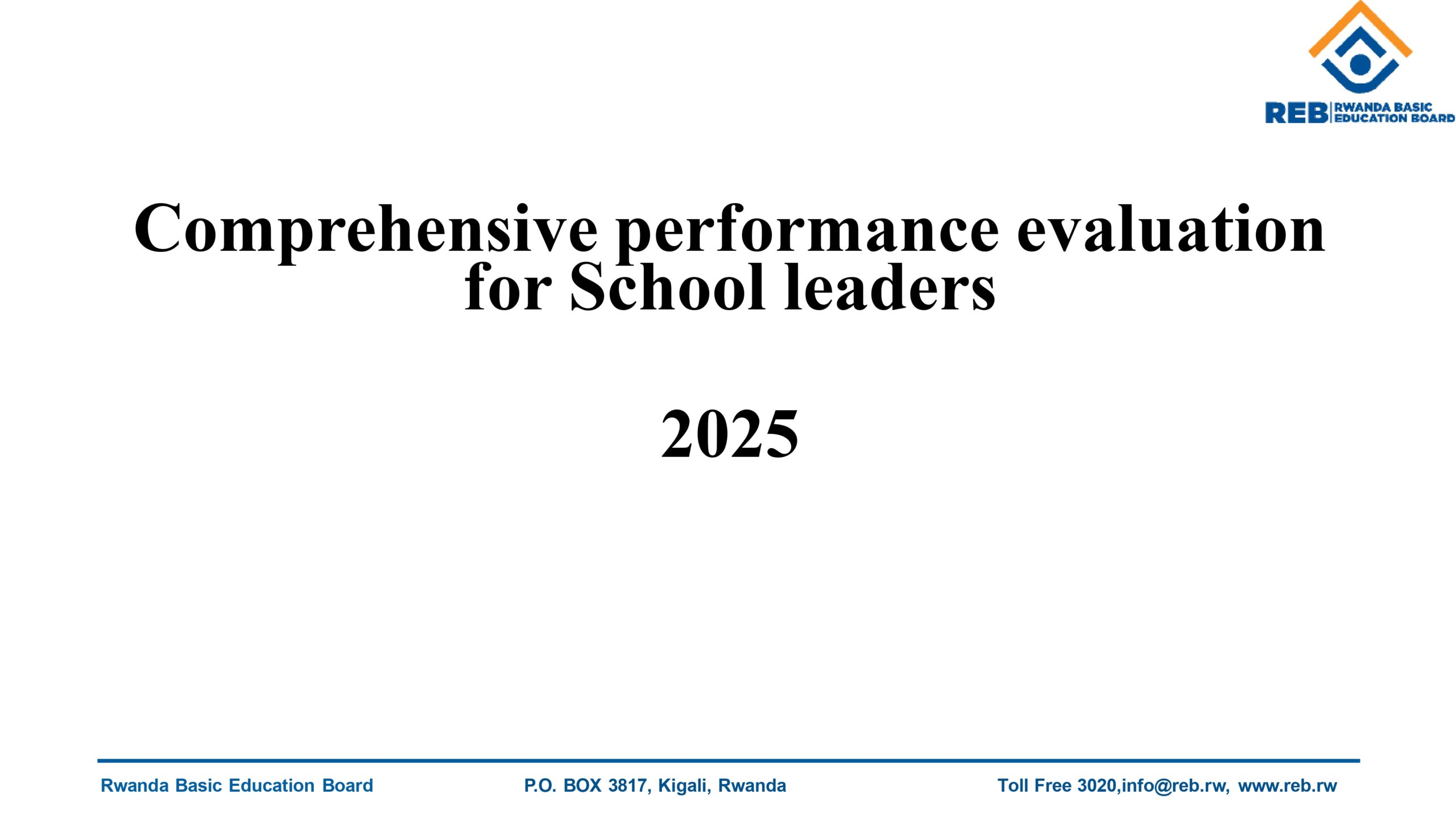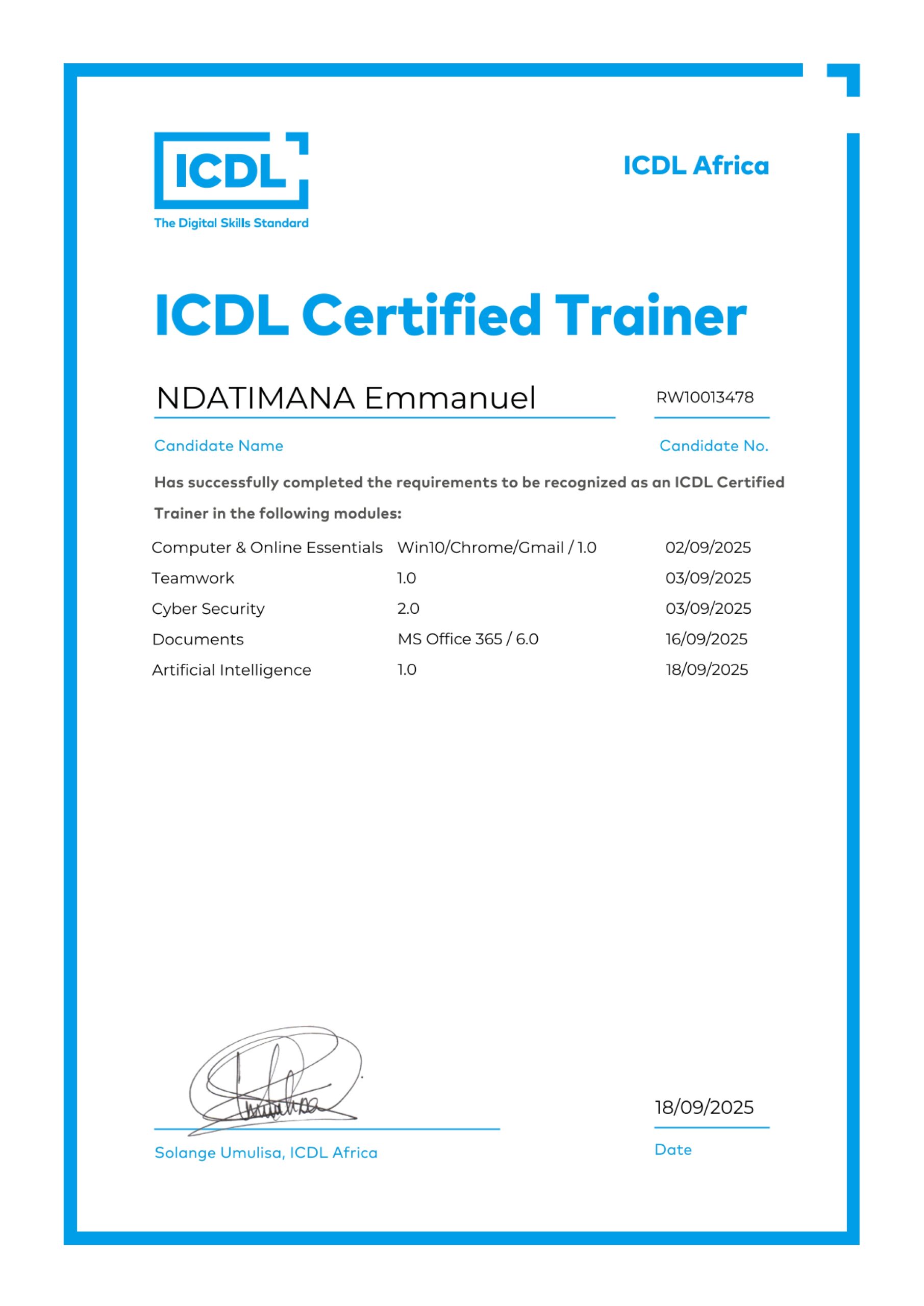Esaya Gezani Maluleke
Contact: esayagezanimaluleke@gmail.com | WhatsApp: +27 60 936 5118
Transforming African agriculture by empowering farmers, enhancing productivity, and fostering sustainable growth.



Growing Maize Productively in South Africa: Essential Tips
Maize isn’t just another crop in South Africa; it is one of the pillars of our food and agricultural economy. With millions of hectares under cultivation, the yield of maize matters for farmers, communities, and the country’s food security. Through our work at EG Business, we partner with agriculture students, professionals, and field-practitioners to share research-backed guidance. Here are some essentials; built on experience and data; for growing maize productively.
Why maize yield matters right now
South Africa’s maize yields in recent seasons have ranged around 5 to 6 tons per hectare for many commercial growers under dryland conditions. Sagrain Magazine+3SAGL+3Sagrain Magazine+3
Under irrigation, yields can be much higher — some fields have pushed past 11 tons/ha and in some yield competitions even higher (15-20+ t/ha) in optimal conditions. Sagrain Magazine+1
However, climate variability (droughts, heat waves), soil degradation, and inconsistent water supply often pull yields down. For example, recent estimates show maize output for the 2024 cereal season is ~14% below the five-year average, largely because of rainfall deficiencies and high temperatures. FAOHome+1
Best-Practice Steps for Productive Maize Farming
Below are steps (some from the EG Business video “Growing Maize in South Africa: Essential Tips for Farmers”) plus research-backed additions to help push yield, reduce waste, and protect the land.
South African maize farmers looking to improve yields and crop quality have a clear roadmap, thanks to evidence-backed agricultural practices increasingly being adopted across the country. From soil testing to harvest, each step plays a vital role in helping growers achieve higher and more sustainable production.
1. Start with the Soil
Experts emphasize that soil health is the foundation of high yields. Farmers are encouraged to test pH and nutrient levels before planting, prepare a fine seedbed (good tilth), and incorporate compost or cover crops where possible.
“Balanced soil nutrients directly correlate with yield potential,” reports the South African Grain Laboratory (SAGL). Poor levels of nitrogen (N), phosphorus (P), and potassium (K) can severely restrict plant growth.
Sources: SAGL +2, fertasa.co.za +2
2. Seed Choice Matters More Than Ever
Using certified seed varieties suited to local climate and soil types is another key factor. In drought-prone regions, drought-tolerant hybrids are essential.
According to Sagrain Magazine, improved genetics now help farmers maintain dryland yields of 5–6 tonnes per hectare, with even higher output under irrigation.
Source: Sagrain Magazine +1
3. Timing and Spacing for Optimal Growth
Farmers should plant when rainfall is expected and ensure correct spacing between rows and seeds to avoid competition. Proper seed depth also supports uniform germination.
Agronomists note that dense planting without adequate water or nutrients can cause lodging (falling plants) and poor cob development.
4. Irrigation: Doubling Your Yield Potential
Where possible, supplementary irrigation—especially during vegetative and early reproductive stages—can dramatically improve outcomes.
“Irrigated fields often produce more than double the yield of nearby dryland plots,” says a Grain SA report. Good drainage is also critical to avoid waterlogging.
Source: Grainsa +1
5. Fertilization Backed by Science
Fertilizer plans should follow soil test results, combining N, P, and K with other micronutrients like sulphur (S) and zinc (Zn) if needed. Staged applications (basal and top-dressing) are recommended, along with organic amendments like compost or manure.
Fertasa guidelines show peak nitrogen and potassium uptake occurs about two weeks before flowering—critical for grain fill.
Source: fertasa.co.za +1
6. Integrated Pest and Weed Management
Regular field scouting, use of resistant varieties, timely pest control, and crop rotation can significantly reduce crop loss.
“Weeds compete for sunlight and nutrients, while late detection of pests or diseases during flowering can devastate yields,” warn experts. Early prevention is both cost-effective and efficient.
7. Post-Harvest: Protect What You Grew
Timely harvesting at 12–14% moisture is vital to reduce losses. Proper drying and storage prevent mold and aflatoxin contamination, while removing damaged kernels improves overall quality.
SAGL reminds farmers that “quality is as important as quantity,” and losses in grade or safety can often outweigh those seen in raw tonnage.
Source: SAGL +1





























Leave a Reply to HABASA Ange Felix Cancel reply